Description
The Katuki is a Sanskrit word which means bitter. This is a great herb used very much in the ayurvedic treatment. It belongs to the Plantaginaceae family. This plant has very large family, over 200 genera and 3000 species. Katuki is known as Picrorhiza kurroa in the scientific language. This is a perennial herb which has a long rhizome. It is 2.5 to 12 cm long and 0.3 to 1 cm thick with somewhat curvy straight features. Katuki is of greyish brown color with coarse external surface which is due to the furrows and scars of the roots. There are 1 to 2 vascular bundles present in the cortex of rhizome. These vascular bundles are xylem and phloem. The tips of the rhizome in a bud, growing one, enclosed by crown of leaves.
Leaves of the Katuki are present alternatively. These are present basely, 5 to 10 cm long. It has terminal spikes. The flowers calyx divide equally in five parts with 4 to 5 corolla. The flowers are whitish with pale blue color with long flowering branch. Corolla of the flowers are five mm long, bilobate and less spreading. The stamens are four in number, inserted on corolla with slightly didynamous. Pollen grains of the flowers are of round shape with perforated or incomplete tectum and with corpus membrane smooth or coarse. The flowering period of the plant is from June to August. Fruit of the plant is kind of acute capsule, tapered from the top, 12 mm long and open into 4 valves. Seeds of the plant are numerous in number of ellipsoid shape. The seed coat is very thick and transparent. Roots of the plant are of elongated type, tubular form, 5 to 10 cm long and 0.5 to 1 mm in diameter. These are curved with longitudinal and dotted scars, associated with rhizomes.
GENERAL DESCRIPTION
Picrorhiza kurroa is a perennial herb with presence of rhizomes. Picorrhiza word has been taken from Greek language. In Greek, the word “Picros” means bitter and “Rhiza” means root, so bitter root. The main tag of the plant is taken from Punjabi language, its KARU, which means bitter.
In Ayurveda, it is also known as Kutki, Katurohini and more. In charak samhita, Katuki is known to be in medicinal use since 5000 years ago. Sushruta samhita also mentioned this herb in Mustadi Ganae and Pipplayadi Gana. Katuki is also explained in various other ancient books like Bhavaprakash Nighantu, Nighantu Adarsha, Ashtang Samgraha, Rajnighantu and more. The Katuki meaning in Sanskrit language is also known to be bitter.
Katuki is known to be a cooling agent, helps to remove excessive fire energy from the body. It balances pitta and kapha, which can cause digestion problems, acidity and fat. So helps to improve digestion, metabolism of carbohydrates, proteins and fats. With the improvement in the metabolic processes, various problems can be managed like obesity, sluggish metabolism, increased urea level, creatinine, diabetes, heat and hyperthyroidism.
Katuki contains various important phytochemicals that play a great role to cure diseases. These are iridoids, cucurbitacins and acetophenones. The iridoid glycosides compound contain picroside I and II, as their bioactive components. These are known as main active compounds of the plant. These include triterpenes and cucurbitacin R, B, D. Kutkin is one the very important chemical contain kutkoside and iridoid glycoside like picrosides I, II, and III. Kutkoside present in ratio of 1:2 along with glycosides.
There are some of minor phytochemicals also present there. These are pikuroside, phenol glycosides, veronicosides, 4-hydroxy-3-methoxy acetophenone and cucurbitacin glycosides. This plant also contains picein, androsin, drosin, monocyclic phenolic compounds like apocyanin, mannitol, cinnamic acid, ferulic acid and vanilic acid. Apocyanin is known to be a catechol that can stop neutrophil oxidative burst with some anti-inflammatory properties.
CLASSIFICATION
- Kingdom – Plantae
- Order – Lamiales
- Family – Plantaginaceae
- Genus – Picrorhiza
- Species – kurroa
- Botanical name – Picrorhiza kurroa
HABITAT
Katuki is an herb found in hilly areas. It grows on rocky crevices, sloppy and cliffy mountains and in the soil enriched with various organic elements in it, Spread in Himalayas between 3000 to 5000 m. Katuki is found in Himalayas region like from Garwal to Bhutan and Kashmir to Sikkim, Pakistan, Tibet, west of China and north Burma.
AYURVEDIC PROPERTIES
| Hindi / Sanskrit | English | ||
| Rasa | Tikta | Taste | Bitter |
| Guna | Laghu, Ruksha | Physical Property | Light, Dry |
| Virya | Sheeta | Potency | Cold |
| Vipaka | Katu | Metabolic Property (After Digestion) | Pungent |
EFFECTS ON DOSHAS
It balances Kapha and Pitta.
CLASSICAL CATEGORIZATION
| Charaka Samhita | Vagbhata | Sushrut Samhita |
| · Tikta skandha – Bitter tasting group of herbs
· Lekhaniya – Group of herbs that are scraping and cause weight loss · Stanyasodhana – Group of herbs that cleanse breast milk · Bhedaniya – Group of herbs that are piercing and cause purgation |
· Mustadi
· Patoladi · Pippalyadi |
· Mustadi
· Patoladi · Pippalyadi |
PRACTICAL USES OF KATUKI
DIGESTIVE ACTIVITY
Katuki is very helpful in combating digestive problems. It provides strength to stomach, secretes gastric juices and improves appetite. This herb also helps to treat constipation as it generates active bowel movements.
ANTI-DIABETIC ACTIVITY
It has properties to lower the raised blood glucose level, serum lipids peroxides and blood urea nitrogen.
ANTI-ASTHMATIC ACTIVITY
It helps to inhibit allergens and PAF (platelet activating factor) that starts the bronchoconstriction. By inhibiting these chemicals it helps to treat asthma.
ANTI-INFLAMMATORY ACTIVITY
It helps to control inflammatory reactions.
IMMUNO-MODULATOR ACTIVITY
This plant helps to control hypersensitivity, humoral responses to red blood cells and phagocytic activity so has potential to be an immunomodulator.
HYPOLIPEMIC ACTIVITY
Water extract of the plant shows effect to reduce enzyme levels like alanine transferase, aspartate transferase, lipoproteins, triglycerides and cholesterol levels.
HEPATOPROTECTIVE ACTIVITY
The chemicals present in the plant such as kutkin, shows protective activity of liver. It shows effect on liver injuries induced by various drugs and non-alcoholic fatty liver disorder.
PARTS USED
Root, Underground stem (rhizome)
DOSAGE
- Powder – 500mg to 1 gm
- In chronic fever – 3 to 4 grams.
PRECAUTIONS
- In diarrhea, it should not be taken.
- Avoid its use in case of children.
- Avoid its use in pregnancy or use under proper guidance.


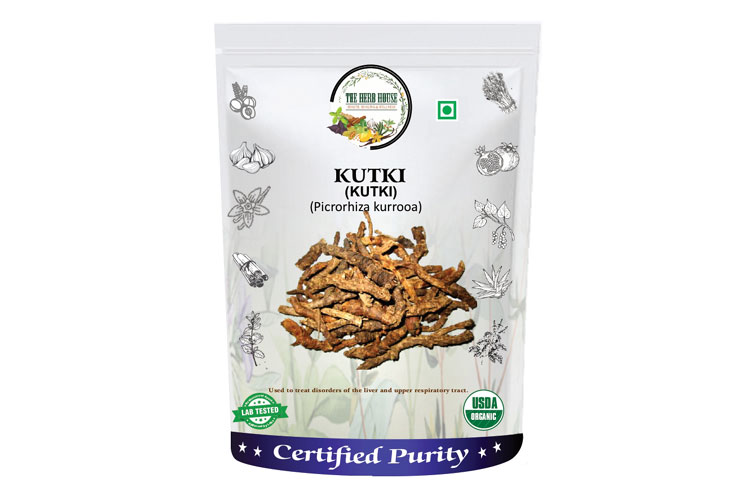
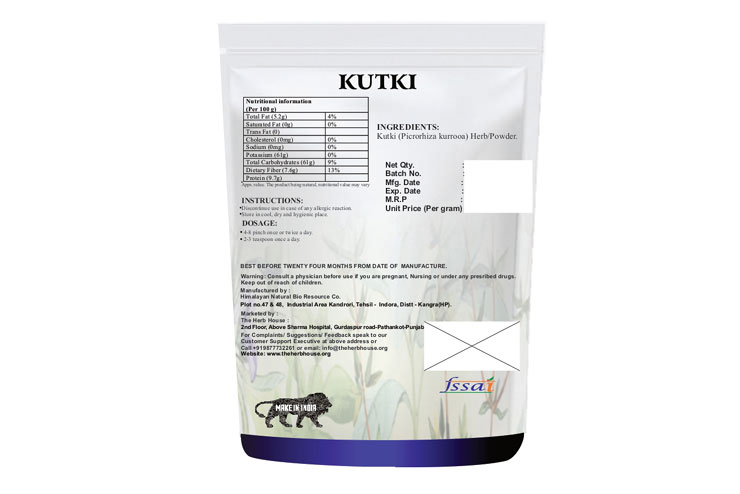
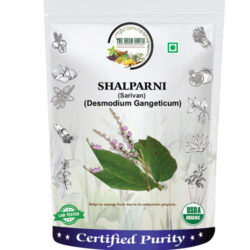
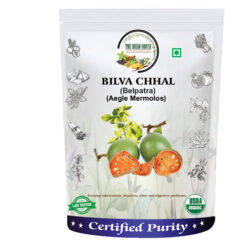
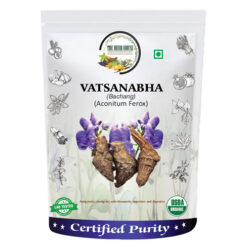
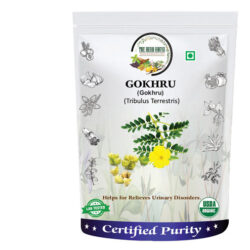
Reviews
There are no reviews yet.